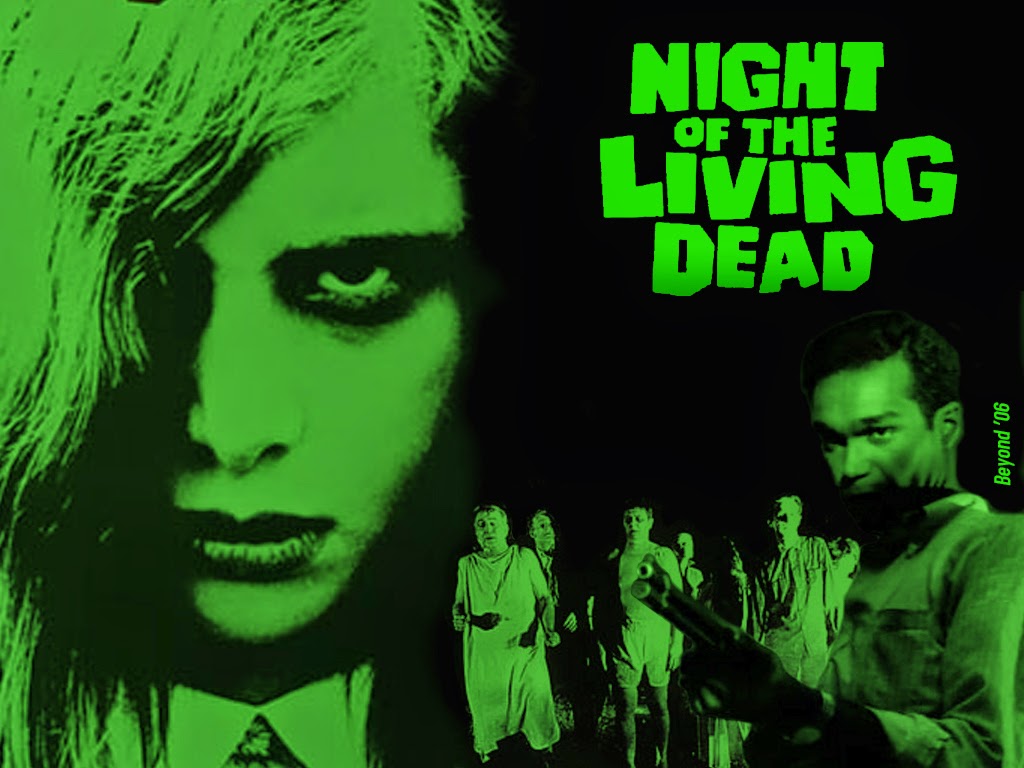By Doug Gibson
My son and I have spent the past two weekends watching Universal's four "Kharis the mummy" movies. They are lean, competent films that seem to be over just as they've begun. By 1940, most Universal horrors were of the B-production and indeed "The Mummy's Hand" is budgeted at $80,000, about a third of what "Dracula" cost in 1931.
Despite the low budgets, the Universal films are generally far better than efforts from low-budget studios such as Monogram or PRC. The reason is due to discipline; more disciplined scripts, more disciplined directors, more disciplined acting (In a PRC or Monogram film, generally only 1, 2, or three actors were really talented; At Universal, most of the cast was. Also, Universal had access to its wonderful back lot and stock footage from earlier horror efforts.
Directed by Christy Cabanne, a silent films veteran, "The Mummy's Hand" is generally considered the best of the four films. I agree but I think all are entertaining. What perhaps sets apart "The Mummy's Hand" is the very strong cast. Dick Foran, Peggy Moran, Wallace Ford, Charles Trowbridge, Tom Tyler, and particularly George Zucco are in top form. The actors also don't take themselves too seriously. There are interludes of light comedy in the films which prevents the tension from going stale.
The plot: There's a prologue where we learn about Kharis being punished for trying to resurrect the Princess Ananka's tomb, in which he's mummified alive and left with life-sustaining "tanna" leaves. This is related to Dr. Andoheb (Zucco) who is tasked by a mentor to protect Ananka's tomb. Foran is Steve Banning, recently fired archaeologist stranded in Cairo with a sidekick, Babe Jenson, Ford. They discover a partial ancient vase which another expert, Dr. Petrie (Trowbridge) believes provides directions to Ananka's tomb. Using his influence and spies, Andoheb tries to stop them (he even breaks the vase) but Banner and company get funding from an eccentric American showman, the Great Solvani (Cecil Kelloway). His daughter, Marta Solvani (Moran) is upset with Banner and Jenson for getting the cash from her dad and even pulls a gun on them, but she is eventually won over and Foran and Moran become the love interest in the film.
The expedition heads off to the tombs with natives worried about the curse of Ananka's tomb. They have reason to worry as they are being tailed by Andoheb and his spy. Once Kharis is discovered in the tomb meant for Ananka (she was moved secretly, as the prologue notes), Andoheb revives the mummy (Tyler) with tanna leavesand the death toll starts to mount.
Tom Tyler, a western star, only played the mummy once. It was soon turned over to Universal's new horror star, Lon Chaney Jr., but some argue that Tyler is better than Chaney. In my opinion, Chaney's mummy has more personality but Tyler's is more sinister looking, particularly with the black holes that serves as his eyes. They are creepy.
Foran and Moran have chemistry and Ford, as he often did, provides a satisfying blend of whimsy and drama. Zucco is magnificent as the cold, calculating Andoheb. He doesn't get nearly enough praise for his mad scientist roles, often overshadowed by Boris Karloff and Bela Lugosi. The script falters a tad at the end by having Andoheb get the hots for Marta. That's out of character and unbelievable but it was a regular plot twist in the Kharis movies.
The only Universal Kharis film not set in the USA, "The Mummy's Hand" is well worth an hour-plus. It's a fine example of the efficient, low-budget horrors that Universal provided in the 1940s.









